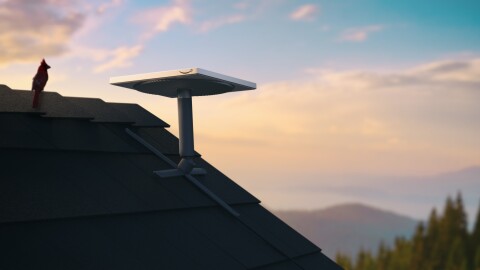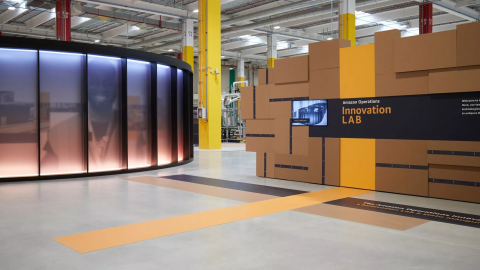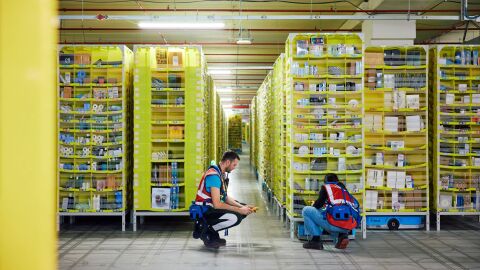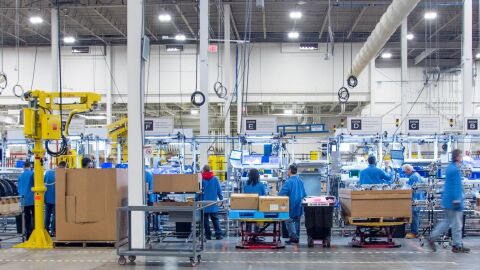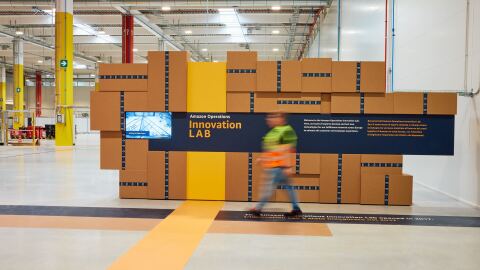Seven years ago, Amazon set out to design the most advanced satellite communications network ever built.
Our vision was simple: There are still billions of people on the planet who lack high-speed internet access, and millions of businesses, governments, and other organizations operating in places without reliable connectivity. With a constellation of satellites in low Earth orbit, we could help bridge that gap and extend fast, reliable internet to those beyond the reach of existing networks.
We started small, with a handful of engineers and a few designs on paper. Like most early Amazon projects, the program needed a code name, and the team began operating as “Project Kuiper”—inspired by the Kuiper Belt, a ring of asteroids in our outer solar system.
The code name stuck with us through many of our early milestones: filing and receiving initial licenses, signing the largest set of launch contracts in history, completing a successful prototype mission, and deploying our first full batch of production satellites earlier this year.
Now, we’re ready to share our permanent brand for the program: Amazon Leo, a simple nod to the low Earth orbit satellite constellation that powers our network.
This content is hosted by a third party (www.youtube.com).
To view the content, you need to consent to cookies by selecting Accept all in the popup banner. Or you can go to the site footer, select Cookie Preferences, and then select On under Functional Cookies, Performance Cookies and Advertising Cookies.
Our long-term mission remains the same, and we’re making good progress against it. We now operate one of the largest satellite production lines on the planet. We’ve invented some of the most advanced customer terminals ever built, including the first commercial phased array antenna to support gigabit speeds. And we now have more than 150 satellites in orbit, and customers and partners like JetBlue, L3Harris, DIRECTV Latin America, Sky Brasil, and NBN Co., Australia’s National Broadband Network operator, already signing up to deploy the service.
We’re continuing to build out our initial satellite constellation, and will begin rolling out service once we’ve added more coverage and capacity to the network.
To learn more and sign up for updates, visit Amazon Leo.






